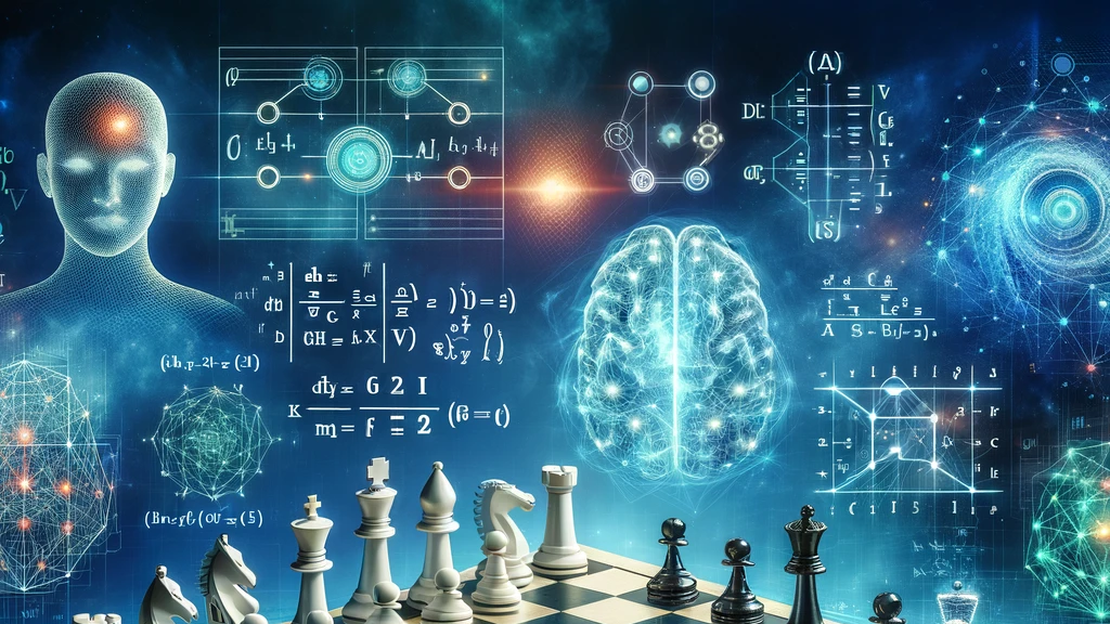Game Theory and Modern Artificial Intelligence
Game theory and modern artificial intelligence (AI) are closely intertwined, as both involve making decisions in strategic, interactive environments. Here’s how they relate and draw from history:
The Historic Foundations of Game Theory
The development of game theory is rooted in the work of several key contributors whose ideas have shaped not only the field but also its application to modern AI:
John von Neumann
John von Neumann is one of the founders of game theory. His minimax theorem established that in zero-sum games, there exists an optimal strategy where players minimize their maximum possible losses. This insight laid the groundwork for strategic decision-making in adversarial settings, which is crucial in AI applications like competitive gaming and adversarial learning.
John Nash
John Nash introduced the concept of the Nash equilibrium, which describes a state where no player can improve their outcome by unilaterally changing their strategy. This concept revolutionized economics, politics, and now AI, providing a foundation for multi-agent systems and machine learning algorithms.
Lloyd Shapley
Lloyd Shapley contributed significantly to cooperative game theory. His Shapley value ensures a fair distribution of resources based on each participant’s contribution, influencing modern AI mechanisms like resource allocation in cloud computing. Shapley also co-developed the Gale-Shapley algorithm, widely used in stable matching problems, such as pairing students with schools or medical residents with hospitals.
Oskar Morgenstern
Oskar Morgenstern, along with von Neumann, co-authored Theory of Games and Economic Behavior, the seminal work that established game theory as a field. His contributions helped formalize the study of strategic interactions, a core aspect of modern AI decision-making.
Robert Aumann
Robert Aumann expanded game theory by introducing concepts like repeated games and correlated equilibria, which have applications in AI for long-term strategy planning and coordination among autonomous agents.
Game Theory in AI: Strategic Decision-Making
AI systems often operate in environments where they must interact with others, including humans or other AI systems. Game theory provides a framework for understanding and predicting these interactions. For example, reinforcement learning algorithms use game theory to model decision-making in multi-agent systems.
Key Applications of Game Theory in AI
-
Machine Learning: Concepts like the Nash equilibrium are used to design algorithms for adversarial learning. For instance, in generative adversarial networks (GANs), two neural networks compete in a game-like setup: one generates fake data, and the other tries to detect it, improving both systems.
-
Mechanism Design: Game theory helps AI design systems where users (players) are incentivized to act in a desired way. This is key in fields like auction design (e.g., Google Ad auctions) and resource allocation in cloud computing.
-
Autonomous Systems: Self-driving cars use game theory to navigate traffic, where each vehicle is a “player” making decisions to avoid collisions while optimizing its route.
-
Multi-Agent Systems: Game theory models are essential for AI in robotics, where multiple robots must collaborate or compete to achieve goals.
Reinforcement Learning and Game Theory
In reinforcement learning, an AI learns to optimize its strategy based on rewards and penalties. Game theory enhances this by introducing scenarios where the AI must consider the strategies of other agents, leading to applications in competitive gaming, negotiation, and trading algorithms.
AI Ethics and Strategy
Game theory also contributes to ethical AI design. For example, when AI systems interact in social or economic settings, game-theoretic principles can ensure fairness, transparency, and stability, helping mitigate unintended consequences like collusion or exploitation.
Game theory remains foundational to many cutting-edge AI applications, driving both theoretical advancements and practical solutions. By integrating these historic principles with modern algorithms, AI continues to evolve as a dynamic and strategic field.
⚠️ Please take a look at the LLM Disclaimer
